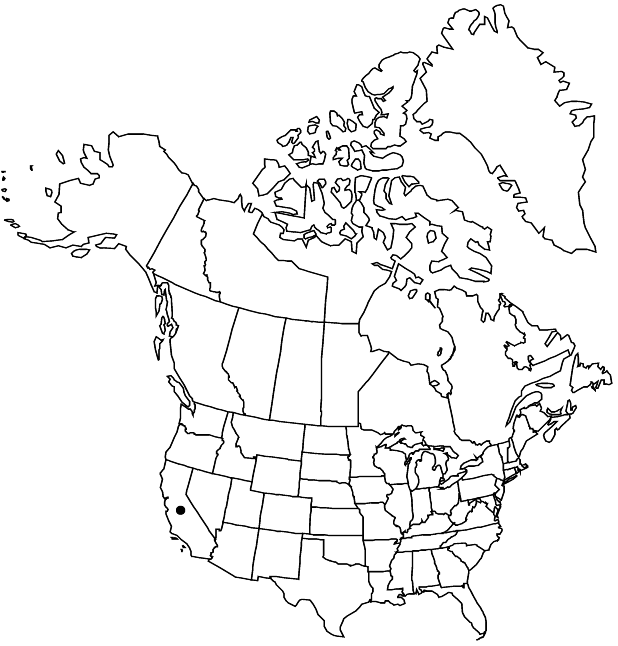Bolandra californica
Proc. Amer. Acad. Arts 7: 341. 1868,.
Leaves: petiole 3–12 cm; blade deeply lobed, 1–5 cm, ultimate margins crenate-dentate. Inflorescences 5–8-flowered, 10–30 cm, stipitate-glandular; bracts subtending pedicels conspicuous, auriculate. Flowers: hypanthium campanulate-urceolate, 4–5 mm, glabrous; sepals 3–5 mm, apex long-acuminate; petals usually greenish with purple margins, narrowly lanceolate, unlobed, 4–5(–7) mm, apex long-tapered; stamens included, 2–3 mm; ovaries connate proximally 1/2 their lengths; styles barely exserted, 1 mm; stigmas distinct. Capsules brown, ovoid, 8–11 mm. Seeds 150–200, 0.8–1 mm. 2n = 14.
Phenology: Flowering Jun–Jul.
Habitat: Wet, shaded, rocky crevices and cliffs, usually near water courses
Elevation: 1200-2200 m
Discussion
Bolandra californica is found in the Yosemite and Lake Tahoe regions of the Sierra Nevada from Mariposa to Eldorado counties.
Selected References
None.
